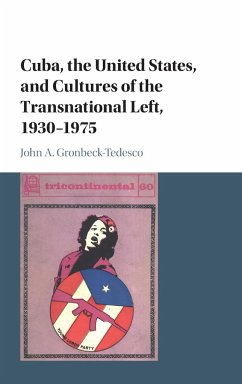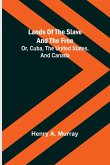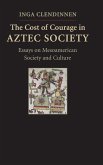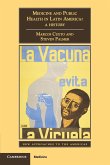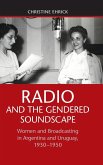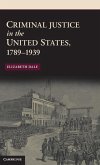This book examines the ways in which Cuba's revolutions of 1933 and 1959 became touchstones for border-crossing endeavors of radical politics and cultural experimentation over the mid-twentieth century. It argues that new networks of solidarity building between US and Cuban allies also brought with them perils and pitfalls that could not be separated from the longer history of US empire in Cuba. As US and Cuban subjects struggled together towards common aspirations of racial and gender equality, fairer distribution of wealth, and anti-imperialism, they created a unique index of cultural work that widens our understanding of the transition between hemispheric modernism and postmodernism. Canvassing poetry, music, journalism, photographs, and other cultural expressions around themes of revolution, this book seeks new understanding of how race, gender, and nationhood could shift in meaning and materialization when traveling across the Florida Straits.

